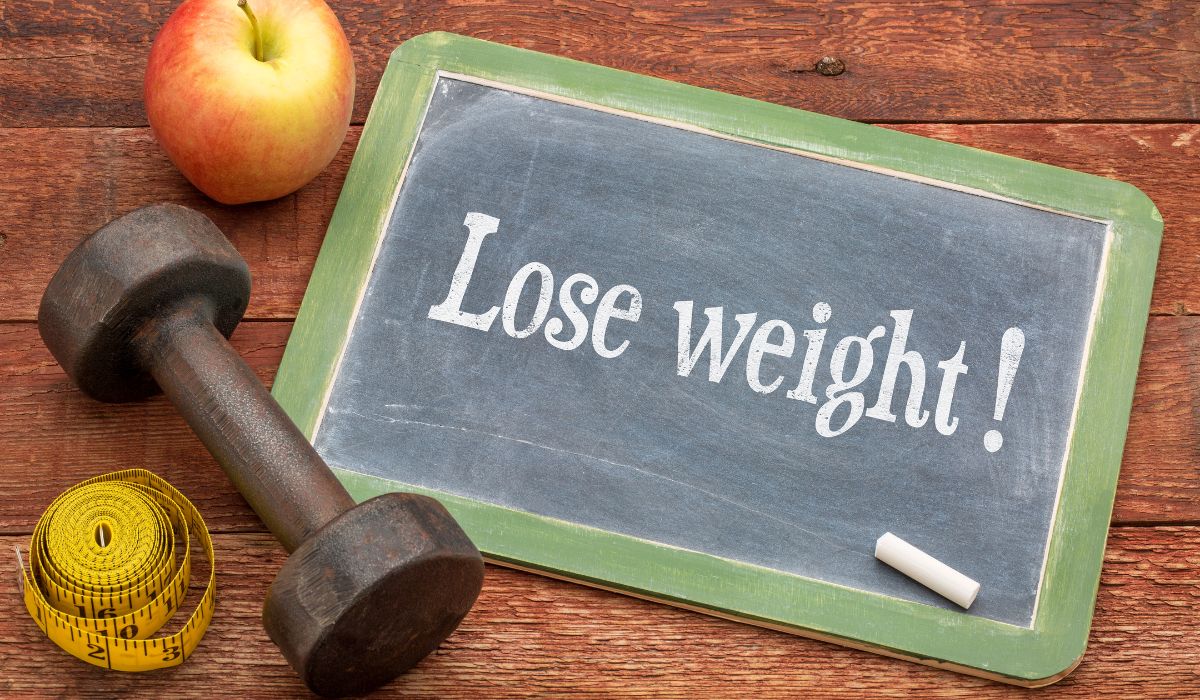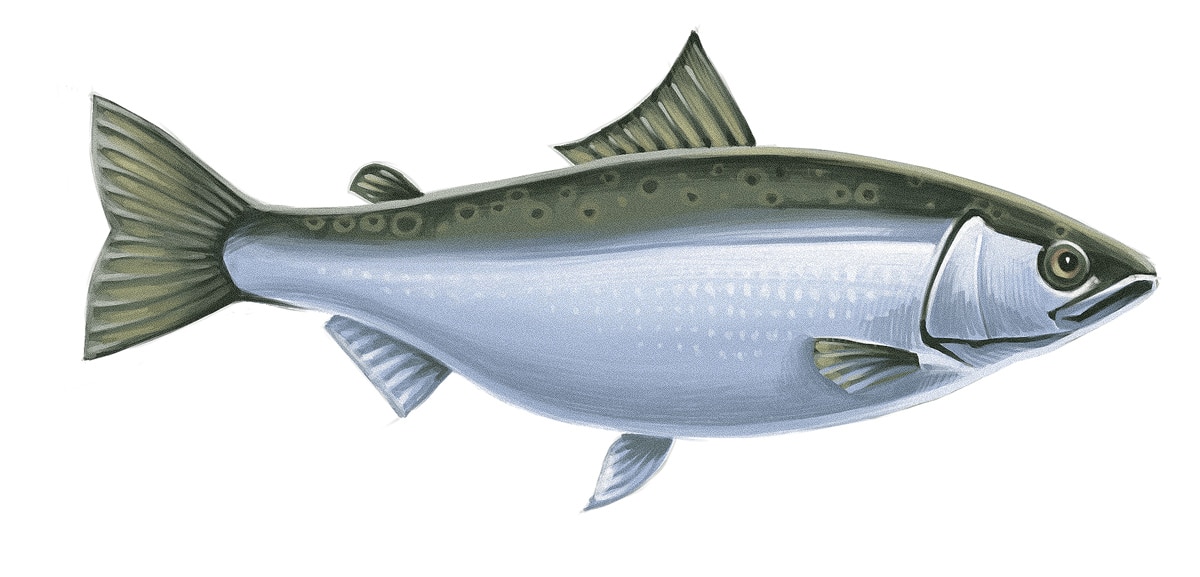
It’s a common meme that weight loss releases “stored toxins” in fat cells. This is typically given as a reason why you might feel lousy during the process (and often as a sales pitch for some totally ridiculous “detox” product like a foot bath or a colon cleanse to solve the problem). But as ridiculous as paranoia about "toxins" might sound, there is actually some truth to the idea - and it’s about more than just feeling crummy.
There’s actual scientific evidence that certain chemicals, called persistent organic pollutants, accumulate in fat cells and get released into the bloodstream and other organs when a person loses large amounts of fat. (Technically, these aren't "toxins" since toxins are biological and these are man-made chemicals). There’s also evidence that this might have measurable effects on metabolic and liver health in particular. Here’s how it works and what you can do (hint: no colon cleanses are involved).
Persistent Organic Pollutants
Persistent Organic Pollutants (POPs for short) are chemicals that don’t break down easily. In other words, once they’re in your body, they’re staying there for a while. POPs include...
- DDT, an insecticide that was used until around the 1970s in the US and is still used in many developing countries.
- Hexachlorobenzene, a fungicide used on various different crops.
- Polychlorinated biphenyls, used in paint and building materials.
- Dioxins, chemicals that are given off from burning garbage.
(There are a bunch more, but this gives you an idea of how many different sources of POPs are all around us)
POPs are everywhere in the modern food supply, and researchers used to think that our major route of exposure was through food. But more recent research has also shown that environmental exposure is just as big of a problem.
These pollutants are stored in body fat. Remember from above how they don’t break down easily? Most people see an increase in total POP burden of 3-5% per year, because they just keep accumulating more and more, and the POPs don’t break down. But the storage doesn’t totally seal them off from the rest of you: storing a lot of these chemicals in body fat can be a source of constant, low-level exposure to them.
That’s dangerous, because high concentrations of POPs are associated with a higher risk of chronic diseases: here’s a study linking them to high blood pressure, here’s one on cholesterol, and here’s one linking them to diabetes. And there’s also some evidence that these chemicals can cause weight gain, by modifying the way that genes are expressed in fat cells.
POPs and Weight Loss
So we’re already having problems just from the POPs in fat tissue. But it gets worse, if you lose any significant amount of fat. Those POPs have to go somewhere (remember: they don’t break down!). This study explains the two options:
- Option 1: POPs get progressively more concentrated in the smaller amount of fat tissue remaining on your body.
- Option 2: Alternately, when adipose tissue is broken down, the POPs get redistributed into other tissues. Tissues like your brain, where you definitely don’t want them.
It’s also technically possible to excrete POPs through feces (this is not the same thing as breaking them down - it’s getting rid of them in feces without having to break them down first). But it’s difficult to do that and most people can’t excrete anything like the amount they’re exposed to.
This study took 71 obese people and compared them to 17 always-thin controls. 35 of the obese people had bariatric surgery, losing an average of 81 pounds. They did a really interesting analysis of what happened.
- Before surgery, obese people had more total POPs. But the concentration of POPs per unit of fat tissue was the same for obese people and thin people. Sometimes, the obese people had even lower concentrations of POPs per unit of fat. They had more total POPs because they had so much more more total fat tissue.
- Fat loss increased the amount of POPs in the blood by 38%-48%, depending on the specific pollutant.
- In the fat tissue itself, fat loss decreased concentrations of some POPs by 10-15%, but did not affect all types of POPs.
Overall, the weight-loss group had more concentrated POPs, in a more dangerous place (blood vs. fat tissue) after weight loss.
This is obviously dangerous: remember from above how POPs cause so many health problems? This might be one reason why weight loss can actually impair immune function in some circumstances. The authors gave evidence that POP burden might cause some of the liver problems associated with obesity, and also be responsible for some of the decrease in metabolism associated with weight loss.
What Can You Do?
To recap: all of us are exposed to POPs, but people who want to lose a significant amount of weight should be particularly concerned. Weight loss frees up POPs from fat tissue, and the increased concentration of POPs in the remaining body fat and the bloodstream is a risk for chronic diseases like diabetes, hypertension, and liver disease (ironically, some of the same diseases we’re all supposed to lose weight to avoid).
So what to do?
Ideally, it would be great to avoid exposure. But in the real world, that’s just not possible. You can’t totally avoid POPs by eating only the “right” things or buying only the “right” cleaning products. That stuff can help (especially avoiding the really egregiously horrible examples like farmed salmon from Norway), but they’re everywhere.

The only option for eliminating exposure is the long-term. Look into local politics, support candidates you think will likely take some kind of effective action, or get involved in campaigns to ban the use of POPs. We know that removing POPs from the environment works. Just look at DDT. In the US, DDT was banned in 1972 after an environmentalist campaign that included Rachel Carson’s book Silent Spring. Exposure to DDT dropped by more than 200% between 1970 and 1986. By 2000, the amount of DDT in the average American person’s blood was 9 times lower than it had been before the ban.
But for those of us who don’t have a few decades to wait for our health improvements, this review goes into some strategies. Olestra (yep, the weight-loss aid) is actually quite effective at encouraging your body to get rid of POPs, because of the way it prevents your body from absorbing fat. Unfortunately, it also has really unpleasant side effects like vitamin malabsorption and digestive problems.
One absolutely tiny study (6 subjects in the treatment group and 6 in the control) found that oolong tea enriched with polyphenols increased fat excretion into the feces, which is basically what olestra also does. So it might be true that antioxidant-rich tea could help your body excrete POPs, but it might also not - this study doesn’t prove anything. The review also suggests that grape seed extract, chitosan, and EGCG from green tea might be helpful, but here’s what the authors had to say about that: “Given the limited study of these materials for detoxification purposes, however, their long-term efficacy and safety profile has yet to be determined.”
Eat Well, Not Just Less.
What might be more helpful is to look at the big picture. Instead of fixating on one food, look at big dietary patterns.
This review suggested that an anti-inflammatory diet (rich in antioxidants and Omega-3 fats; low in Omega-6 fats) can help reduce the dangers of POPs. An inflammatory diet on top of POP exposure is just adding fuel to the fire; an inflammation-neutral diet would be just letting the fire run its course; an anti-inflammatory diet is actually throwing some water on it.
This review also suggested that a diet high in fiber (think fruit and vegetables) might be helpful.
One thing is pretty clear, though: POPs are another reason to focus on diet quality for weight loss, not just quantity. Weight loss means exposure to more toxins that put you at a higher risk for metabolic diseases like diabetes (and there’s actually evidence that release of POPs during weight loss can reduce the benefits you would typically expect). So then it starts getting even more important to eat well, not just less.





Leave a Reply